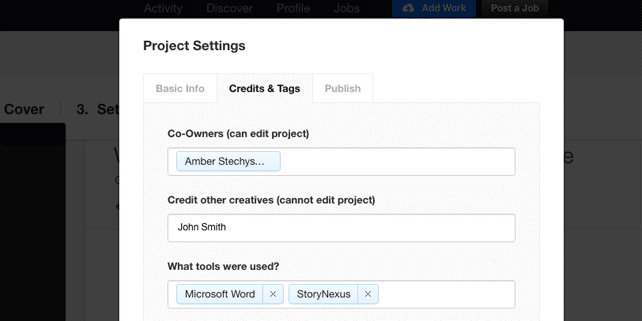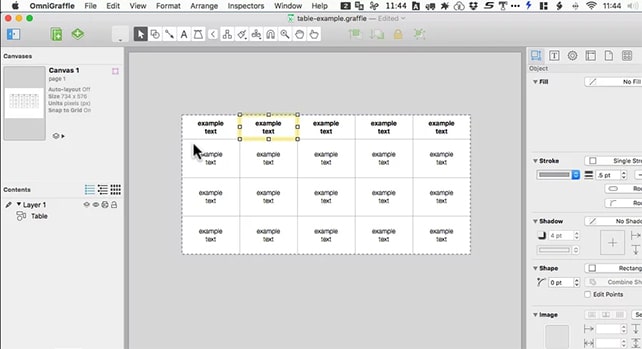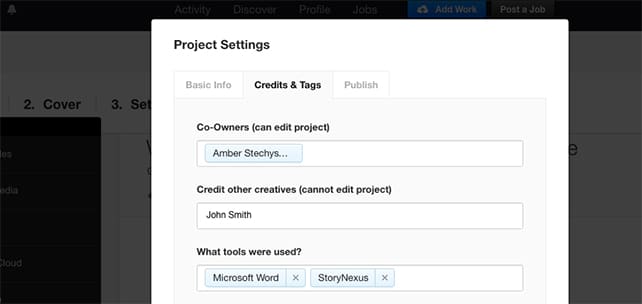5 things that will make your UX design portfolio unique

User experience design is a unique field straddling the border between creativity and logic, user needs and business needs, technical skills and behavioural analysis, as well as thinking far ahead of the rest of the crowd. As a result, the portfolio that a budding or experienced user experience designer presents to potential employers also looks vastly different from something a graphic designer or web developer may present.
There is no avoiding having a portfolio in this field either. Martin Belam, the Principal Consultant at Emblem Digital, puts it concisely when he say:
I expect anyone in UX to have a significant online presence, and I’m always surprised if they don’t.
Here’s what’s unique about portfolios for UX designers, and how you can differentiate yourself with an unique UX design portfolio.
1. Describe your process
Sketching ideas (courtesy of Pixabay)
It’s a rare artist that would show the sketches and studies that lead to their final masterpiece, but that’s exactly what User Experience Designers must do.
Good design is about process, not product
According to Jared Sinclair, Designer and Developer at Bloglovin. Similar to when our high school teachers asked us to ‘show the work’ on math problems, this shows the company or recruiter what steps we used to get to our finished product, and gives them a glimpse into our thought processes during projects.
DO: Add neat sketches, sticky note walls, and wireframes to your portfolio. Card sorts and photos from interviews are also good additions.
2. Talk about your mastery of tools
Omnigraffle program
We, user experience designers love our tools. Everyone has their preferences for particular programs, but many job descriptions ask potential employees to be well-versed in specific applications. Listing which programs you used to achieve the results presented in your portfolio can have a two-fold effect: it demonstrates your competency in the programs employers look out for, and it also shows them what can be accomplished in other similar programs, which they may be convinced to purchase.
DO: Add the technologies used for the projects you’ve built. Some portfolio sites have this function built in, such as Behance.
3. Highlight collaboration
Credit collaborators on your projects (image of Behance)
No man is an island, and no UX designer can create their work without a team. We’re not talking about clients- although they do add valuable input to the work. We’re talking about acknowledging the developers, product designers, UI experts, and marketers that informed our products or made our wireframes into functioning apps.. The earlier you bring collaborators into the design process, the better integrated your ideas and intentions will be into the final product. The more you demonstrate that you know this, and the more collaboration you demonstrate, the more potential employers will see you fitting into their design team.
DO: List collaborators on your projects, and describe how you worked together. Bring them into the design process early.
4. Write a lot, but not too much
Writing well is an important skill in UX (image courtesy of Unsplash)
This is probably the biggest difference between typical portfolios and UX portfolios. Including a wireframe or sitemap may show the company that you know how to create these elements, but a proper description allows you to explain the thinking behind them. Mentioning that in a card sort between two designs, users chose this one because it contained elements A and B instead of C and D, demonstrates design thinking, creative confidence, and makes you a more attractive candidate. Just don’t go overboard. Too much writing, and recruiters will think they’re marking college essays.
DO: Include descriptions and rationale for each of the elements in your case studies, but keep them succinct.
5. Explain WHY, not how
Be ready to defend your ideas (image courtesy of Pixabay)
Related to the suggestion above, one must go beyond presenting a list of items in your case studies. Explain why you chose that particular colour scheme, or why you placed the CTA in the middle, as opposed to the traditional top of the screen. Be ready to defend your decisions, because this is an important skill to develop in the UX industry. Talk about specific challenges that you faced and how you overcame them (this is also something to add to a regular resume).
Clients will also challenge your ideas, and ask you to do things that may not be possible, and you’ll need to know when to stand your ground and when to take their suggestions to heart. Remember that from the client’s perspective, the product should be meeting their business goals or affecting their metrics in a positive manner- show that to them.
DO: Defend your creative decisions in your portfolio and explain the reasons behind your choices.
Each of these suggestions is meant to create a sense of not just your hard skills, but the crucial soft skills that are at the heart of a user experience design portfolio:
- Empathize with your users and clients
- Collaborate beyond your UX team
- Be confident in your design decisions
- Focus on process and improvement
- Tell a story with your portfolio pieces
Further reading: Springboard has a free guide to UX design jobs that will help you break into a UX design career with your new portfolio.
About Amber Stechyshyn: Amber is currently the UX Design Content Fellow at Springboard in San Francisco. She is also a lover of words, creator of interesting worlds, and a regular karaoke singer. You can also visit her profile on Behance.



